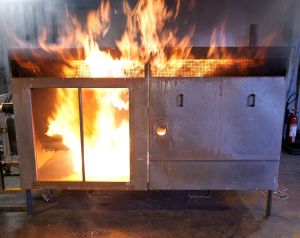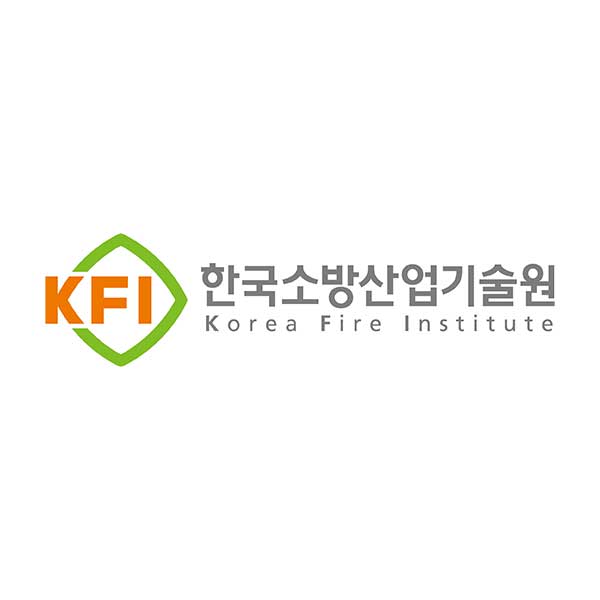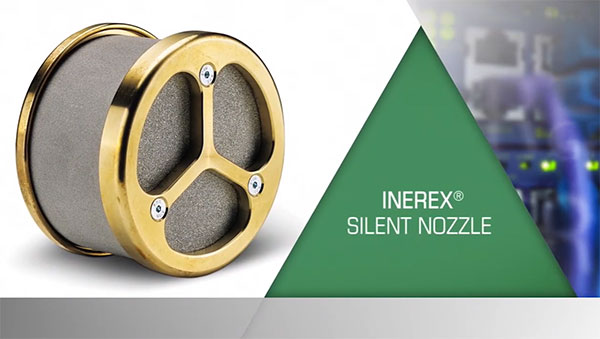Automatic Fire Suppression Systems for Vehicle Engine Protection
What Goes into UNECE R107 Certification, and What Should Bus OEMs Look for in a System?

Me neither. But as it turns out, the process itself offers important insights into how the right choice of systems can help bus manufacturers maximize every last bit of margin from their forthcoming production cycles. Let's look at some reasons why.
A Burning Issue
At its most essential, United Nations Commission for Europe (UNECE) Regulation Number 107 mandates that beginning this summer, all new single-deck, double-deck, rigid or articulated vehicles of category M2 or M3 with a capacity exceeding 22 passengers in addition to the driver—“Class III” or “coaches”—must come equipped with an automatic fire suppression system installed within the engine compartment. Without it, they cannot be sold within 37 countries that have signed onto the regulation. Learn more here.
Any old automatic fire suppression system won't do. Instead, systems must be approved using a set of four rigorous testing protocols adopted from the existing SP Method 4912 developed by the Research Institutes of Sweden (RISE).
We recently reached out to Fredrik Rosén, a former marketing manager for the division of Safety and Transport at RISE Swedish Institute of Research, and Fabien Desnoes, R&D Engineer for Rotarex Firetec, to get a closer look at what goes into the testing process, and what bus OEMs might want to consider when selecting a system for their forthcoming vehicles. The following is an excerpt of those separate conversations, edited and modified for space and clarity.
Q: What's RISE's role in all of this?
Rosén: RISE is a government-owned research and testing institute that has led the development of bus safety standards dating back to 2005. Before then, there was a growing problem with bus fires in Sweden. So, in 2004, insurers got together and started requiring that all buses must be equipped with a fire suppression system in order to get insured. Due to the lack of an international accepted standard, RISE, together with support from the Swedish Transport Agency, started to develop a new standard with the main objectives to evaluate the firefighting performance of different suppression systems in a well-defined, objective and comparable way—as well as support the trend away from prescriptive regulations to performance-based design. One part of the pre-normative research conducted as input to the standard development has been the promulgation of this standard at the UNECE Working Group on General Safety Provisions (GRSG) in Geneva. Based on the development of SP method 4912, RISE submitted a proposal for amendment of UNECE Regulation 107 for 37 signatory countries. RISE began research and development of SP method 4912, a comprehensive set of 11 protocols for testing and certifying fire extinguishing systems on buses and coaches. For UNECE Regulation 107, UNECE adopted four of the 11 protocols, which include high- and low-fire load tests, a high-fire-load-with-fan-test, and a reignition challenge. Today, manufacturers bring their fire suppression systems to the RISE facility to be tested for approval.
Q: What's the experience like for manufacturers that bring in systems for testing?
Desnoes: In order for us to earn certification for the Compact Line vehicle fire system, it had to pass a battery of four tests using a mockup rig (pictured above) outfitted to mirror conditions within a bus engine compartment.
Rosén: This rig is set up to include multiple fire locations and a number of obstructions that could hinder the fire suppression agent when a system is actuated. You also have a lot of air flow, and a lot of heat. The result is a mix of fire scenarios that you could very easily have within an engine compartment.
Desnoes: The low-fire load and high-fire load tests involved fires in different places within the compartment. The high-load-with-fan test involved spraying diesel spray all over the compartment, with the fan adding oxygen to make the fire even bigger. The reignition test is aimed at proving that after extinguishing, the fire will not reignite due to the temperature within the engine compartment remaining too high.
Q: Each of these tests are critical to ensuring the viability of a system. But is there one that really stands out?
Rosén: For me, it's reignition testing. A turbocharger is heated up in the test rig, and then oil is dripped onto the charger, which ignites, and the fire suppression system is actuated. For 45 seconds after extinguishing, you cannot have any restrike. If you have a cheap fire suppression system, it's probably going to fail this test.
Desnoes: The reignition test stood out for me as well. Thankfully, the Rotarex Firetec Compact Line has a built-in regulator that discharges extinguishing agent at a sustained rate so passengers have time to evacuate safely while minimizing any damage to the vehicle. And thanks to our long experience with automatic fire suppression systems for vehicles and our SP certification, our system surpasses the requirements for R107 with no reignition at all, where many other systems cannot withstand more than 60 seconds without reignition.
Q: Are manufacturers ready for all of this? Do they have to redesign their forthcoming vehicles to accommodate these systems?
Rosén: No, I haven't heard of manufacturers needing to change their product designs for the systems; the systems are designed to fit the space available inside the engine compartment designs. Right about now, I think most manufacturers are at a stage where they're starting to source fire extinguishing systems, and you'll start to see new vehicles equipped with these systems with each new production cycle.
Desnoes: I think in terms of engine compartment designs, manufacturers always want to have a larger engine. So fitting a fire suppression system can get problematic. But the Compact Line is the smallest, most compact system to earn R107 certification. And because of its unique design, the system can protect a 4m3 engine compartment with only 4 liters of agent. While some systems require two cylinders—one to hold agent and another for propellent—our axial compartment design allows us to do it all with one. That makes the Compact Line cylinder a lot easier to install in the buses OEMs are rolling out today and in new and different vehicle designs to come.
Q: Not everybody gets to work on something that will help save people's lives. How does it feel?
Desnoes: It's incredible. I've worked on automatic fire suppression systems for a very long time, and it has always felt good to do something so beneficial. But most fire systems are inside buildings. This is one I'll get to see on the road every day, and it feels great to be a part of it.
Rosén: It feels fantastic for me personally—in fact, it's the reason I'm proud of my work at RISE and why do what I do. It's been a long road to this point, and it's gratifying to see UNECE R107 implementation begin. It will make a difference in a lot of people's lives.
To learn more about the Rotarex Firetec Compact Line automatic fire suppression systems for bus engine compartments, visit our dedicated webpage.







